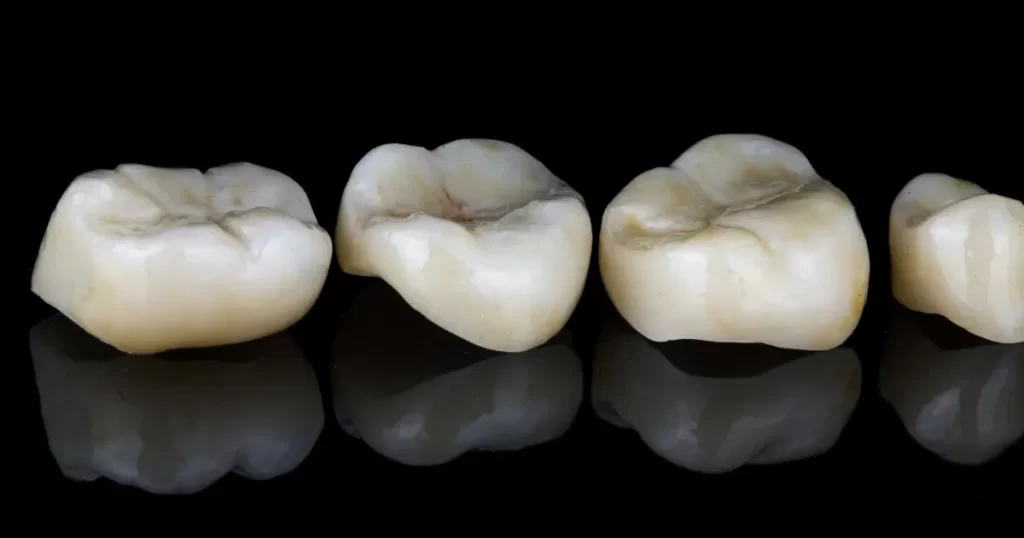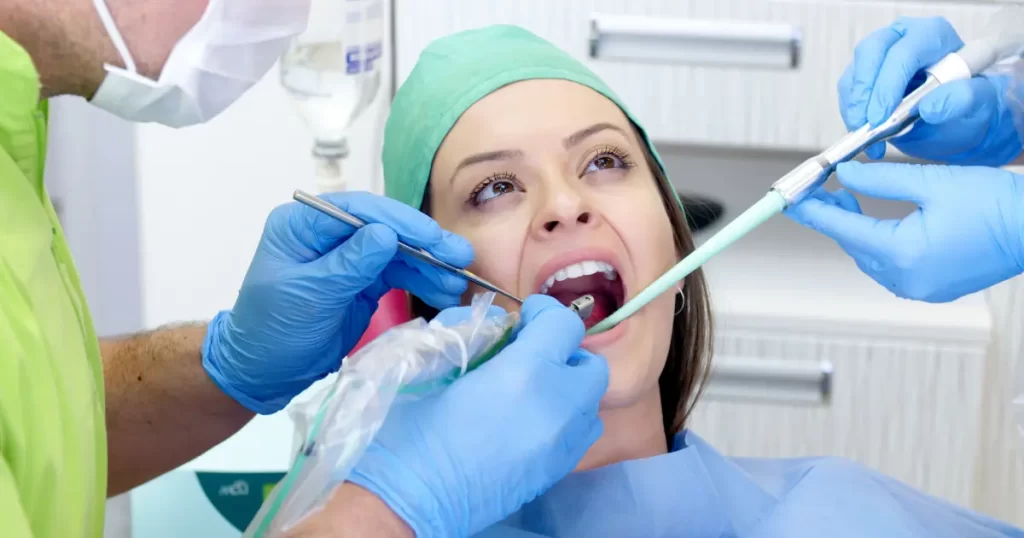Dental restorations play a crucial role in maintaining oral health and enhancing the functionality of damaged teeth. When it comes to repairing moderate to severe tooth decay or damage, two popular options are dental inlays and onlays. While they share similarities in their purpose, these restorative treatments have distinct characteristics and applications. In this article, we will discover the benefits and differences between dental inlays and onlays, shedding mild on their unique contributions to dental care.
What are Dental Inlays and Onlays?
Dental inlays and onlays are two types of restorative dental treatments that offer an effective solution for damaged or decayed teeth. They are often used as an alternative to traditional fillings or crowns. Inlays and onlays are custom-made restorations that are fabricated in a dental laboratory and then bonded to the tooth. These restorations are designed to fit precisely within the cavity or on the surface of the tooth, providing a natural-looking and durable solution.
Dental inlays are typically used when the tooth has mild to moderate decay or damage that does not affect the cusps (the pointed parts of the tooth used for chewing). They are made from materials such as porcelain, composite resin, or gold. Inlays are specifically designed to fit within the contours of the tooth, restoring its shape, strength, and function.
On the other hand, dental onlays are used when the tooth has more extensive damage that involves one or more cusps. They are also made from materials like porcelain, composite resin, or gold, and they are designed to cover a larger portion of the tooth. Onlays provide a more extensive restoration by not only fitting within the cavity but also extending over the cusps of the tooth.
Benefits of Dental Inlays and Onlays

Both dental inlays and onlays offer several benefits compared to traditional fillings or crowns. Here are some key advantages:
- Precise Fit: Inlays and onlays are custom-made to fit the specific shape and size of the cavity, ensuring a precise and snug fit. This helps in restoring the natural appearance and function of the tooth.
- Durability: Inlays and onlays are highly durable and can withstand the forces of chewing and biting. They are resistant to wear and can last for many years with proper care.
- Preservation of Tooth Structure: Unlike crowns, which require more extensive tooth preparation, inlays and onlays allow for the preservation of healthy tooth structure. The minimal removal of tooth enamel ensures a stronger and more structurally sound tooth.
- Natural Appearance: The materials used for inlays and onlays, such as porcelain, can be color-matched to the natural shade of the tooth, providing a seamless and natural-looking restoration.
Differences between Inlays and Onlays
While dental inlays and onlays serve a similar purpose, there are some key differences between the two:
- Extent of Damage: Inlays are used for mild to moderate damage that does not involve the cusps, whereas onlays are employed for more extensive damage that includes one or more cusps.
- Tooth Coverage: Inlays fit within the cavity of the tooth, while onlays extend over the cusps and cover a larger portion of the tooth’s surface.
- Conservative Approach: Inlays require minimal removal of tooth structure, preserving more of the natural tooth. Onlays may require slightly more tooth preparation due to their coverage over the cusps.
When are Inlays and Onlays Recommended?

Dentists typically recommend inlays and onlays in the following situations:
- When a tooth has mild to moderate decay or damage that cannot be effectively treated with a traditional filling.
- When the damage extends to one or more cusps of the tooth, making a dental crown unnecessary.
- When the patient desires a more conservative approach that preserves as much natural tooth structure as possible.
- When there is a need for a durable and long-lasting restoration that can withstand the forces of chewing and biting.
- When a patient wants a restoration that provides a natural-looking appearance, as inlays and onlays can be color-matched to the surrounding teeth.
Inlays and onlays offer a versatile treatment option for patients with damaged or decayed teeth. Their precise fit, durability, and natural appearance make them a popular choice in restorative dentistry. By opting for inlays and onlays, patients can achieve both functional and aesthetic benefits while preserving their natural tooth structure.
Zenit Dent, a leading dental practice, understands the importance of providing patients with effective and personalized dental solutions. With their team of skilled dentists and state-of-the-art technology, Zenit Dent offers high-quality dental inlays and onlays to restore and enhance patients’ smiles.
In conclusion, dental inlays and onlays are valuable alternatives to traditional fillings and crowns. They offer numerous benefits, such as precise fit, durability, preservation of tooth structure, and a natural appearance. Understanding the differences between inlays and onlays helps dentists determine the most appropriate treatment for each patient. When in need of reliable and long-lasting dental restorations, consider the expertise and care provided by Zenit Dent.






